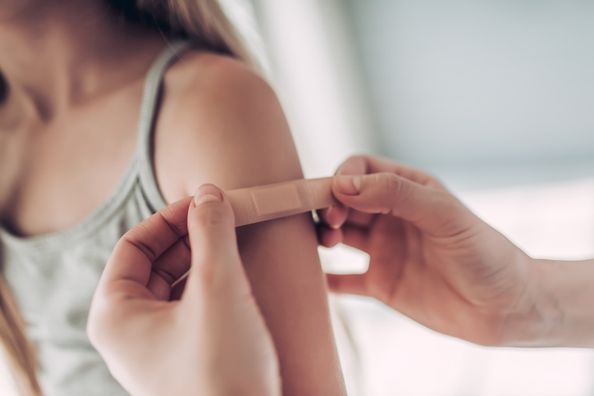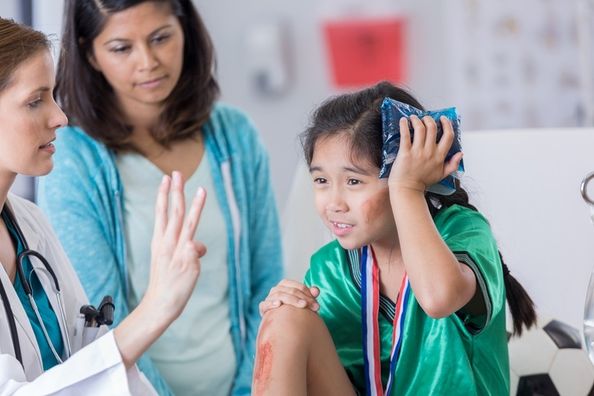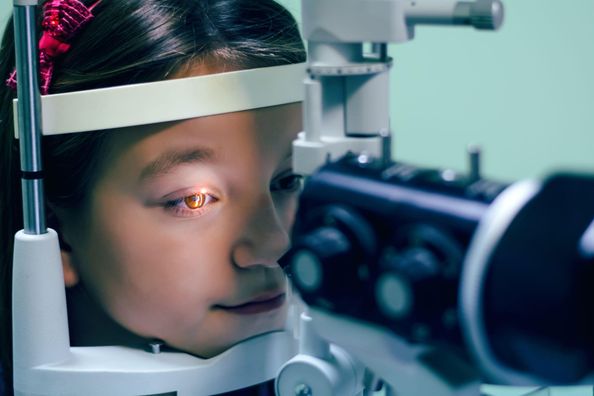HPV is the most common sexually transmitted infection, affecting nearly 14 million adults and teens each year. Due to its prominence, the FDA has now approved the HPV vaccine for individuals aged 9 – 45, meaning adults and children can be protected from the virus by receiving the HPV vaccine.
What is HPV?
The Human Papillomavirus (HPV) is an umbrella term for more than 150 related viruses, each with its own identifying number, or HPV type. HPV gets its name due to warts (papilloma) that some strains of HPV can cause. HPV is the most common sexually transmitted infection and is primarily transferred through skin-to-skin contact, including oral, vaginal and anal sex. This strain of viruses can be transmitted by anyone that is sexually active, regardless of the number of sexual partners they have or they have had. While many HPV infections may resolve on their own and never display symptoms, some strains of the virus may cause symptoms many years after contraction and can even cause certain types of cancer.
Why you should consider HPV vaccination
As the most common sexually transmitted infection, HPV infects about 14 million people, including both adults and teens, each year. Teens and young adults are among the largest populations living with this virus. About 50 percent of infected individuals are between ages 15 to 24. While most HPV infections resolve on their own without symptoms, about 32,500 men and women develop HPV-related cancers each year. There is no current treatment for HPV, however, you can prevent the infection by getting vaccinated and using condoms. Benefits to the HPV vaccine include:
- Preventing more than 90 percent of cancers caused by HPV
- Effectively prevents genital warts
- Since the vaccine’s introduction, infections with the strains of HPV that cause most HPV related cancers and genital warts have dropped nearly 71% among teen girls
Types of HPV Vaccines
There are currently two available forms of the HPV vaccine designed to prevent the virus. These include:
- Gardasil — Gardasil prevents HPV-16 and HPV-18 infections, as well as HPV‑6 and HPV-11 infections (the two strains of HPV that cause 90 percent of genital warts). Gardasil is used to minimize the risk of cancers of the cervix, vulva, vagina, anus, penis and throat.
- Gardasil ® 9 — Gardasil 9 prevents infection by the same HPV strains as Gardasil, as well as protection against HPV-31, HPV-33, HPV-45, HPV-52 and HPV-58. Together these strains are implicated in 90 percent of cervical cancers.
Similar to other vaccines, the HPV vaccine is made from one protein of the virus and is not infectious. This means that the vaccine cannot cause HPV infection or cancer.
Potential HPV Vaccine Side Effects
Like all medications and vaccines, the HPV vaccine has potential side effects. While the vaccine is safe and effective, common side effects include:
- Pain, redness or swelling in the arm where the shot was given
- Fever
- Headache or feeling fatigued
- Nausea
- Muscle or joint pain
The HPV Vaccine for Children/Teens vs. Adults
The vaccine is important in protecting against HPV-caused cancers and genital warts in both children/teens and adult men and women. However, while beneficial for both, the recommended vaccination schedule varies depending on age, previous HPV vaccinations and the time between receiving the vaccination doses.
Children/Teens
The HPV vaccine offers the best protection for boys and girls who complete the full vaccination series and have time to develop an immune response before they engage in sexual activity with another person. The recommended schedule for children/teens is as follows:
- Children and teens should receive the vaccination around ages 11 and 12
- The vaccine should be administered in two shots given 6 to 12 months apart
- Adolescents who receive their shots less than five months apart will require a third dose of the vaccine
- If your child is older than 14, they will require three doses of the vaccine over a 6‑month period.
Teen boys and girls who did not start or did not finish the complete vaccination series at the recommended age should receive the vaccine as soon as possible. It is never too late for children and teens to receive and benefit from the vaccination.
Adults:
In October of 2018, the US FDA expanded its recommendation for those to be vaccinated to include women and men aged 27 – 45. Gardasil 9 is now approved for females and males between the ages of 9 and 45. While the vaccine is most effective when given during childhood and adolescence, adults can also benefit from the vaccine. Helpful information for adult vaccination includes:
- Two doses of the HPV vaccine are recommended for adults
- Re-vaccination is recommended for adults who received the vaccine in childhood but did not complete the series in its entirety
The HPV vaccine is recommended for most men and women between the ages of 9 and 45, however, individuals who should not receive the vaccine include:
- Anyone who has had a life-threatening allergic reaction to a previous dose of the vaccine
- Anyone who has had a previous life-threatening allergic reaction to an ingredient in the HPV vaccine
- Pregnant women
- Those with a moderate or severe illness; people who feel mildly ill can still receive the vaccine
The most effective way to reduce your risk of HPV is to receive the vaccine in conjunction with practicing safe sex. If you are under the age of 45 and have not received the complete series of Gardasil or Gardasil 9, or would like to learn more about receiving the HPV vaccine schedule an appointment online with your primary care provider.
Health Topics:







